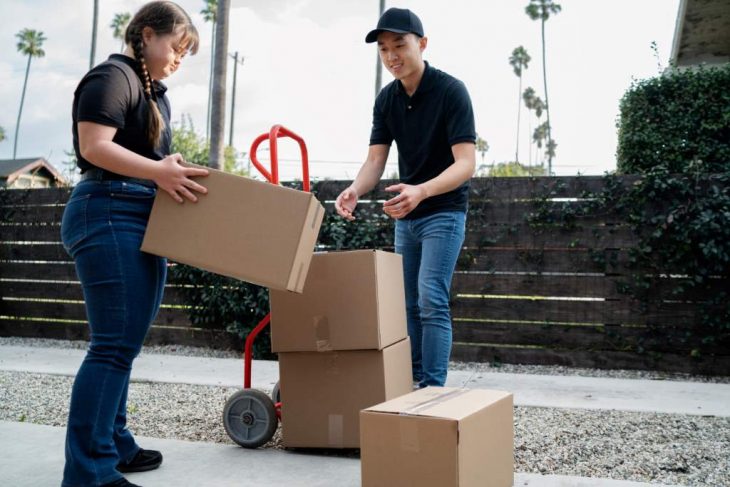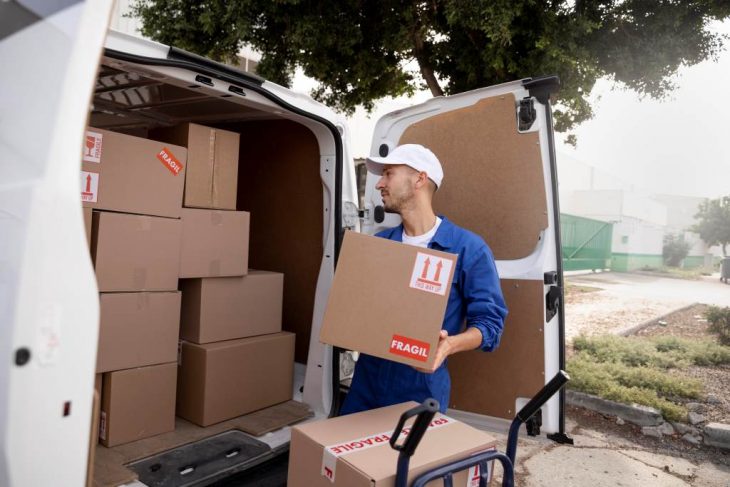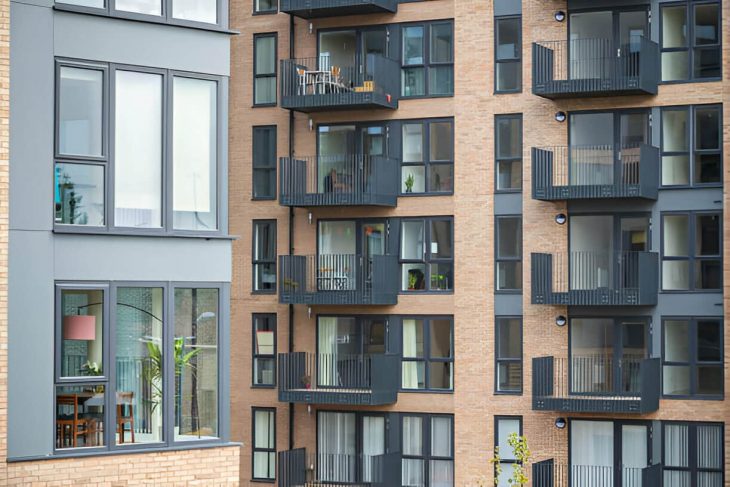
Marine lighting systems play a role, in ensuring the safety and functionality of ships when they’re at sea. These systems provide illumination for navigation routes convey signals and support operations on board.
However, moving these systems can be quite challenging due to their sensitivity to factors and intricate design. To overcome these challenges moving companies employ techniques to safely transport and install marine lighting systems.
In this article, we will explore the methods and technologies used by these companies to protect these components of maritime safety.
Understanding the Complexity of Marine Lighting Systems
Marine LED lighting systems are specifically designed to withstand the conditions of the sea. They endure exposure to saltwater, constant vibrations, and extreme temperature fluctuations.
These systems consist of components that require careful handling and protection during relocation. It is crucial for moving companies to understand these complexities to maintain the integrity of the systems.

Pre-Move Assessments and Planning
Before initiating the relocation process moving companies conduct assessments of marine lighting systems. This involves evaluating factors such as the type, size, and specifications of the systems.
Additionally, any specific packaging requirements are taken into consideration. This preparatory phase is essential, for developing a customized relocation strategy.
Specialized Packaging and Crate Construction
Tailored Crates, for Optimal Protection
One of the methods utilized by moving companies involves the creation of custom-designed crates specifically tailored for marine lighting systems. These crates are carefully built to match the dimensions of the systems ensuring a snug fit.
Additionally, they are made from materials that offer resistance against moisture, impacts, and temperature fluctuations.
Shock Absorption Technologies
Moving companies incorporate shock absorption technologies within the crates to minimize the impact of vibrations and movements during transportation.
Specialized foam padding and cushioning materials are employed to absorb shocks effectively safeguarding the components of marine lighting systems from damage.
Sealed Enclosures
In addition to shock absorption measures, moving companies often employ sealed enclosures within the crates. These enclosures provide a layer of protection against moisture and other environmental factors. By creating a sealed environment corrosion-causing elements commonly found in settings are prevented from affecting marine lighting systems.
Climate Controlled Transportation
Climate-controlled transportation refers to vehicles, containers, or storage units equipped with systems that regulate temperature and humidity to provide a controlled environment
Temperature and Humidity Regulation
Marine lighting systems are highly sensitive to temperature and humidity levels. To mitigate any harm moving companies offer climate-controlled transportation options. This ensures a controlled environment throughout the relocation process shielding the systems, from extreme conditions.
Monitoring Systems
Sophisticated monitoring systems are integrated into the transportation process to keep track of and regulate factors, like temperature and humidity in real time. This allows for adjustments and interventions if any deviations from the conditions are detected.
GPS Tracking and Route Planning
Moving companies often utilize GPS tracking and route planning technologies to make transportation more efficient. This ensures that marine lighting systems are transported through the most effective routes minimizing their exposure to environmental conditions.
Experienced Handling and Installation
Experienced Handling and Installation refers to proficiency and expertise in safely managing and setting up various products or equipment. Let’s discuss this in detail:
Trained Professionals
Moving companies rely on professionals who have received training in handling marine lighting systems. These experts possess an understanding of these system’s intricacies. Employ precise techniques for their safe relocation.
Methodical Installation Processes
Upon reaching the destination moving companies follow installation processes. This includes unpacking the systems from their crates conducting inspections to ensure all components are intact and rigorous testing to verify their functionality. This meticulous approach is crucial in ensuring the integrity of the systems.
On-Site Guidance
In some cases, moving companies provide on-site supervision and guidance during the installation process. To guarantee the installation of marine lighting systems, by industry standards, it is essential to involve professionals.
Their presence adds credibility and reliability to the relocation process. To ensure that the relocation process is considered complete, moving companies conduct testing protocols on marine lighting systems.

These protocols involve assessing functionality, and alignment and checking for any damage that may have occurred during transportation. Rigorous testing plays a role in ensuring the performance of these systems in their new environment.
Reputable moving companies often hold certifications for quality assurance. These certifications serve as proof of their commitment to maintaining the standards when handling and relocating equipment like marine lighting systems.
They demonstrate the company’s dedication to excellence and their ability to protect assets. In conclusion, relocating lighting systems requires an approach that involves meticulous planning, customized packaging, climate-controlled transportation experienced handling, and rigorous testing.
By employing these techniques moving companies ensure the preservation of these components for maritime safety throughout the entire relocation process.
Through their expertise and unwavering focus on quality moving companies play a role, in upholding the integrity and functionality of marine lighting systems.
Their contributions play a role, in guaranteeing the safety and effectiveness of ships as they navigate the oceans worldwide.
Conclusion:
By utilizing a blend of technology specialized knowledge and unwavering focus, on the smallest aspects shipping companies maintain the utmost standards when it comes to protecting marine lighting systems.
In summary, it is of importance, for moving companies to use methods to protect marine lighting systems. These systems are components that require handling and preservation, during transportation. Through planning the use of packaging materials and expert handling procedures these companies show their dedication to maintaining the integrity and functionality of marine lighting systems.







